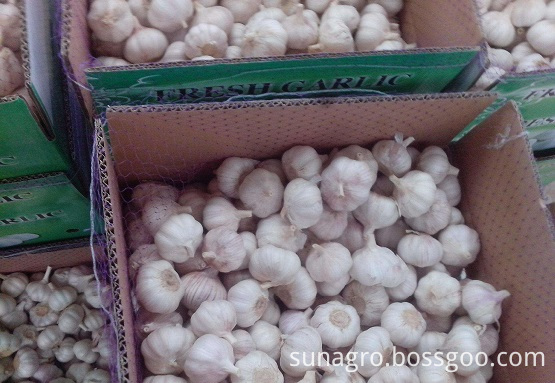Pegomya exilis (Meigen) Diptera, family of flower flies. Alias ​​leaf fly. Distribution of Liaoning, Inner Mongolia, Hebei, Shanxi, Henan, Qinghai and Tibet.
Host beets, spinach, radish.
Injury characteristics The larvae tend to feed on the leaves and leave only the upper and lower epidermis, showing a massive tunnel. Generally, there are 1-2 head lice and insect excrements in the tip of the leaf, which causes the sugar beet to lose its commercial value, and when it is severe, the whole field is destroyed.
Morphological characteristics Adult body length 4-6mm. The width of the male flies was narrower than the width of the anterior monocular. There was no intersegmental hernia. The ribs under the iliac crest had no hernias. There were hairs below the anterior marginal veins. The leg and ganglion were yellow-gray and black in the ganglion. The posterior view of the tail leaf, the length of the lateral tail leaf is similar to the length of the anal tail leaf, the tip of the anal tail leaf is pointed, and the lateral tail leaf is a lateral view with a very sharp claw on the end. The central bony plate of the eighth web of the female flies is small and its length is less than 1/3 of the length of the seventh web. The latter has short, dense hair. Oval ellipsoidal, 0.90.3 (mm), white, hexagonal surface. The mature larvae were 7.5mm long, stained yellow, with many wrinkles, and 7 pairs of fleshy protuberances surrounding the rear valve of the abdomen.蛹 long 4-5mm, dark brown.
Living habits are distributed in northern China. It takes 3-4 generations a year in North China to spend the winter in the earth. The first generation occurred on the roots of spinach, and the second generation began in early May and the third generation occurred in June. However, adults in Shenyang overwintering began to lay eggs in mid-May, and the severe larval stage of larvae occurred from late May to early June. Adult eclosion is concentrated in early morning when the temperature is low and humidity is high. In the early stage of spawning, about 4 days, the eggs are produced on the back of the host's lobe and 4-5 grains are arranged in a fan-shaped arrangement. Each female can produce 40-100 grains. The egg period of 2-6 days, more than the early evening hatch, then dive into the mesophyll. The larvae are 3 instar, and their developmental duration is 1 day, 2 days and 7 days, respectively. Therefore, the entire larval duration is about 10 days, and it is up to 20 days compared with the cold area. After the larvae matured, some of them were defoliated in the leaves, and some of them were taken out of the leaves into the soil. The pupa period was 2-3 weeks, and the overwintering period was all ploughed into the soil. The flood season lasted more than half a year. In the event that no suitable host can be found, the springfly can develop on manure or humus. The first generation occurred in the spring with the largest amount, because all parts of the Lichen fly have entered the state of diapause, and in the spring at the same time, the larvae reach the peak. High temperature and drought in summer are not conducive to the second and third generations. Especially in the third generation and later in the event of high temperature and drought, the overwintering population will be greatly reduced, and the damage of the first generation of Hunchun will be reduced.
Prevention and control methods (1) Apply sufficient manure. Avoid using raw manure, especially manure, so as not to bring the source of insects into the field. (2) Chemical control Since the larvae are harmful to the latent leaves, medications must be used to grasp the key moments from spawning to early hatching. It can be used to kill crickets (21% synergistic cyanol emulsifiable concentrate) 8000 times solution, 2.5% deltamethrin or 20% fenvalerate 3000 times solution, 10% broma emulsifiable concentrate 2000 times solution, 10% chrysanthemum, Emulsion 1500 times horse oil, 25% Ekass EC 1000 times, 80% trichlorfon soluble powder or 90% trichlorfon crystal 1000 times, 50% phoxim EC 1000 times.
Quality of White Garlic in our company:
Root cut Garlic clean clean, loose skin peeling garlic, no cooking garlic, no black moldy garlic, no broken garlic, skin no lobes, no internal sprouting, no insects or fungi.
Garlic belongs to liliaceae allium I and ii plants, which are composed of roots, stems, leaves, moss, bulbs, flowers and other parts. The roots are string-like root system, and the root group is mainly distributed in the soil layer of 0 ~ 30 cm. The stems of garlic degrade into flat short shriveled stems, called stem disk, and form bulbs with leaf sheath and garlic clove, namely the head of garlic.We can pack 10KG and 20KG boxes as required by the customer. If you have any need, please let us know.

Garlic In Cartons,Garlic Cartons Packaging,Fresh Garlic In Cartons,White Garlic In Cartons
Jining Sunagro Trade Co., Ltd. , http://www.sunagro-food.com